
A too-brief stopover decades ago in Taiwan—aka the ROC (Republic of China)—left me with a lasting impression of great friendliness and world-renowned food but zero about the mountainous hinterland beyond the capital city of Taipei.
The image of yesteryear’s “Made in Taiwan” industrialization has done little to encourage tourism, and today few North American tourists visit the Vancouver Island-sized country.
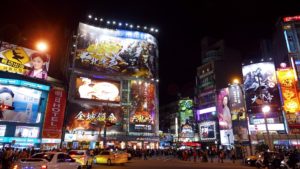
Taipei, Taiwan’s capital city that never sleeps.
When the ban on travel from the Communist mainland was relaxed in 2008, Chinese tourists began to arrive in great numbers, curious to explore the similarities (cuisine, culture, language) and bewildering differences (democracy) that have long bound and separated the two Chinas. Japanese, too, love to visit. The Japanese occupation of Taiwan (1895 to 1945) is a dimming memory, but many of the old-timers still speak some Japanese and the locals’ love for onsen (hot springs) is second only to their own. Such a preponderance of Asian tourists is only a good thing for U.S. tourists looking for a fascinating, exotic, and safe adventure in a destination that is not overrun—nor barely acknowledged—by fellow American travelers. Asia’s best-kept secret hiding in plain sight? Sounded good to me.
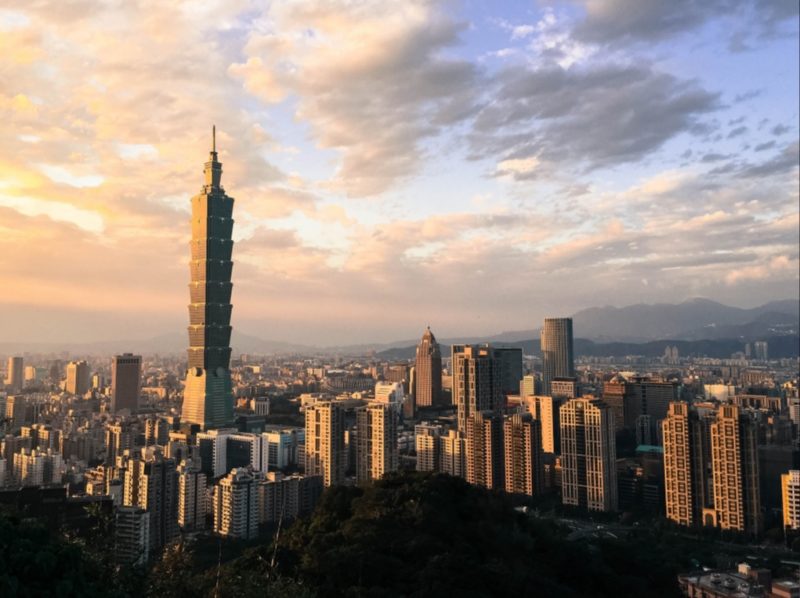
The design of Taipei 101—its name derived from its number of floors—was inspired by the bamboo stalk.
I returned recently to find that Taiwan has evolved into a flourishing democracy—a lasting point of contention with the PRC (People’s Republic of China). Today’s prosperous, modern low-rise (but changing) capital of Taipei is its political and financial heart with an educated population of 2.7 million and an easygoing sophistication stemming from a high standard of living and low unemployment rate. Streets are lined with noodle shops and traditional teahouses cheek by jowl with Starbucks, 7-Elevens, shiny shopping malls, big-name hotels, and the city’s punctuation point, the skyscraping Taipei 101. When completed in 2004, it was the world’s tallest building, a title that has belonged to Dubai’s Burj Khalifa since 2010.
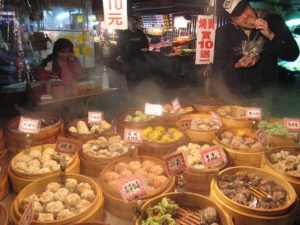
Food is ubiquitous, important, and delicious – and the main reason to visit any of the country’s hundred-plus night markets.
Taipei has long enjoyed a reputation for having the finest food in northeast Asia, most say more delicious and varied than its mainland counterpart Beijing. The diversity of xiao chi or “small eats” follows the philosophy of “eat often and eat good”—from spicy-sweet grilled sausage and lurou (braised pork over rice), to scallion pancakes, oyster omelets, and the must-try “Taiwanese hamburger”—a steamed white bun filled with tender pork, shaved peanut, and pickled cabbage.
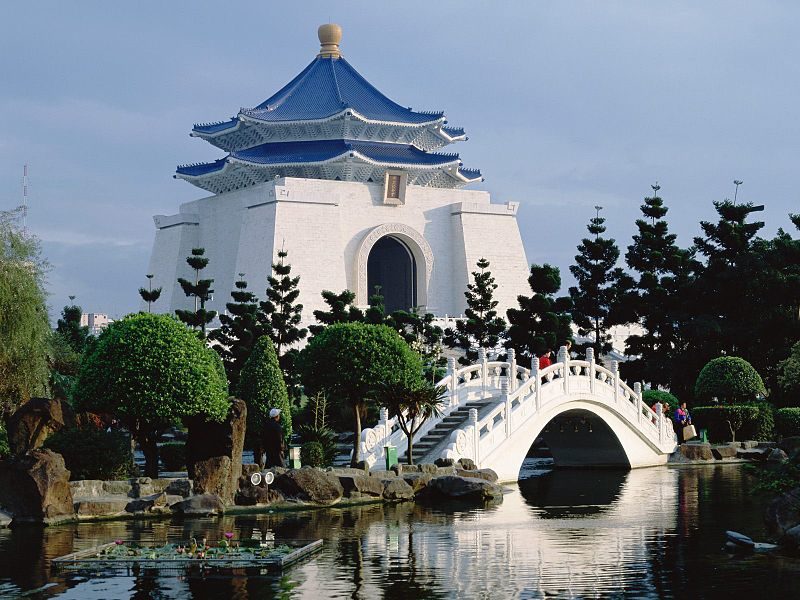
The Chiang Kai-Shek Memorial Hall is a national monument erected in memory of the former President of Taiwan (the Republic of China).
The capital city’s other major draws include Chiang Kai-Shek’s Memorial Hall, countless elaborate temples and the don’t-miss National Palace Museum, which proudly deserves its moniker “the Louvre of Asia.” Mainland Chinese tourists come in droves to view the treasures they contend were wrongly taken from Beijing’s Forbidden City. Everyone knows the film-worthy story: During World War II approximately 700,000 artifacts, once part of the emperors’ private collection, were famously carted off by Chiang Kai-Shek’s Nationalist Government to safeguard them from the advancing Japanese Imperial Army and the Communist army of Mao Tse-tung. Some 3,000 crates ultimately would up in Taiwan, where the Nationalists retreated when China’s civil war was lost to the Communists.
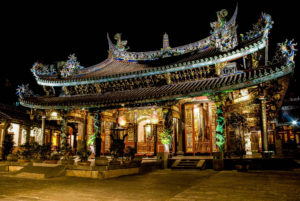
Of Taipei’s many fine examples, the Bao-an Temple is a stand-out for its elaborate architecture and annual festivals.
There are over 15,000 temples in Taiwan. Longshan Temple is one of the best places to soak up the country’s vibrant and often multidenominational religious traditions. The elegant Bao-an Temple is possibly Taipei’s most beautiful. Visit in the early evening when they are the busiest with worshippers young and old and admire how the fantastically gilded and lacquered pillars seem to glow.
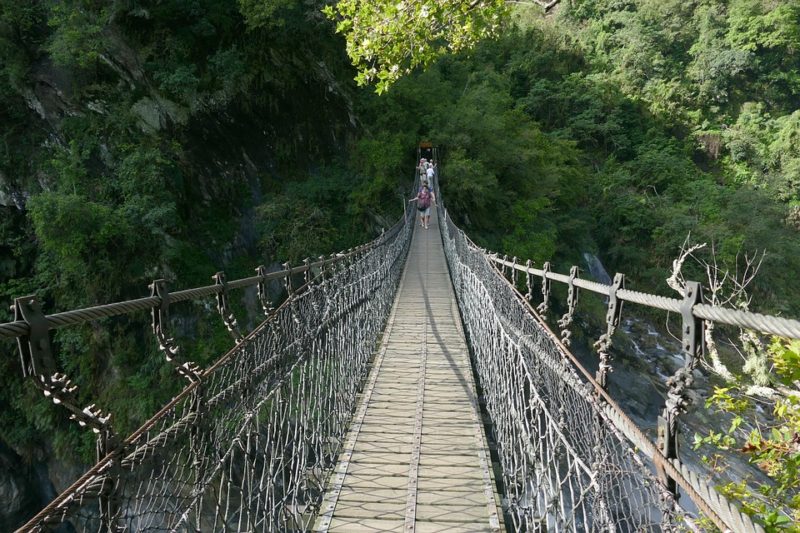
Nature lovers will find the Taroko Gorge the most beautiful place on the island.
From Taipei it’s a scenic 3-hour drive through the breathtaking beauty of the island’s east coast to the steeply chiseled Taroko Gorge. The 12-mile-long road that cuts through the national park (one of eight on the island) is an engineering marvel, involving 38 tunnels and a procession of bridges through the dramatic marble-walled landscape. A network of easy hiking trails allows you to enjoy it up close and personal. Taiwan’s most famous natural wonder takes its name from the aboriginal Taroko people who still live there.
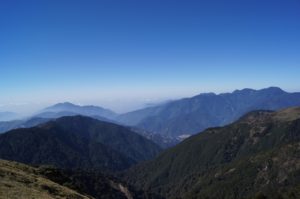
Two-thirds of the relatively small island of Taiwan are covered by rugged, forested mountains.
There are other seriously underrated natural wonders to explore: head inland to Sun Moon Lake, the country’s largest freshwater lake, favored retreat of Chiang Kai-shek and today an all around “honeymoon heaven.” In a postcard-perfect corner of the country with rolling green hills and nature walks, it’s famous for its clear jade-colored waters that are perfect for boating and kayaking and a beautiful 20-mile bike path that hugs the lake’s contours.
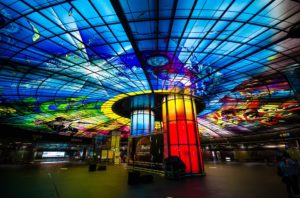
Kaohsiung, Taiwan’s largest port city, is home to Southeast Asia’s largest night market and coolest subway station.
Other urban destinations fill out the island’s appeal: from the busy and bustling port city of Kaohsiung to Tainan, the former capital and oldest city in Taiwan. The latter is worth visiting for its Dutch-built forts, temples, and a dynamic food scene and busy night market famous for grazing.
A week barely gave me time to skim the island’s highlights, and they were mighty impressive. I learned a lot about the incredibly friendly people and life in the shadow of their giant neighbor just 100 miles across the Strait of Taiwan. Taiwan pursues its separate identity, resigned to being unrecognized by the major powers of the world. In the meantime, it carries on with hometown pride—and I, for one, was won over.
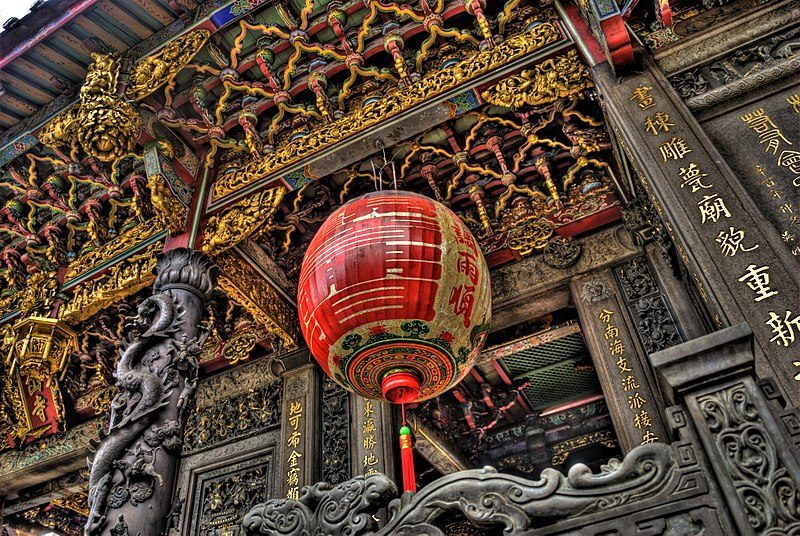
Founded in the 18th century, the Buddhist temple of Longshan is one of the city’s most important.
And don’t forget to check out the book!
 About the Book:
About the Book:
The world’s bestselling travel book is back in a more informative, more experiential, more budget-friendly full-color edition. A #1 New York Times bestseller, 1,000 Places reinvented the idea of travel book as both wish list and practical guide. As Newsweek wrote, it “tells you what’s beautiful, what’s fun, and what’s just unforgettable—everywhere on earth.” And now the best is better. There are 600 full-color photographs. Over 200 entirely new entries, including visits to 28 countries like Lebanon, Croatia, Estonia, and Nicaragua, that were not in the original edition. There is an emphasis on experiences: an entry covers not just Positano or Ravello, but the full 30-mile stretch along the Amalfi Coast.
Every entry from the original edition has been readdressed, rewritten, and made fuller, with more suggestions for places to stay, restaurants to visit, and festivals to check out. And throughout, the book is more budget-conscious, with starred restaurants and historic hotels such as the Ritz, but also moderately priced gems that don’t compromise on atmosphere or charm.
The world is calling. Time to answer.
Buy the Book
Amazon | B&N | Indiebound | Workman

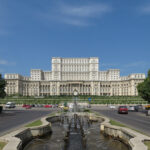
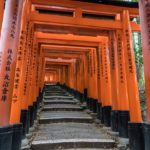
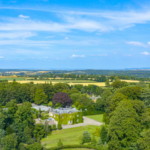
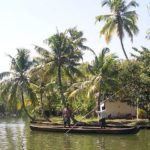
No Comments